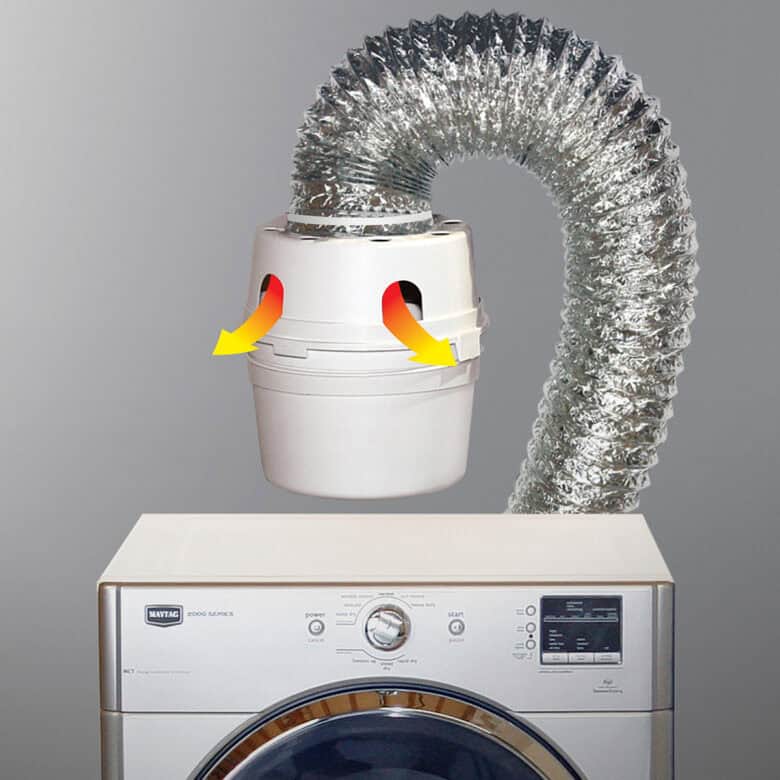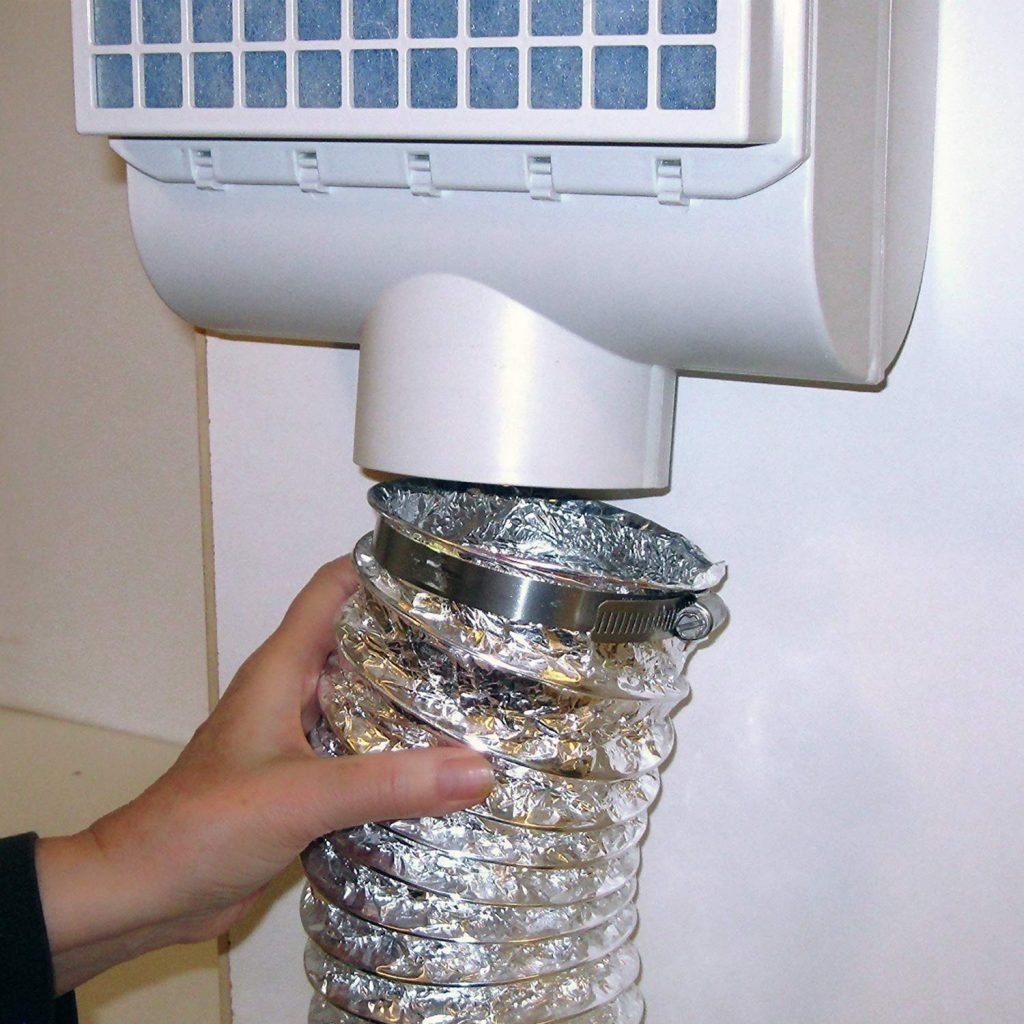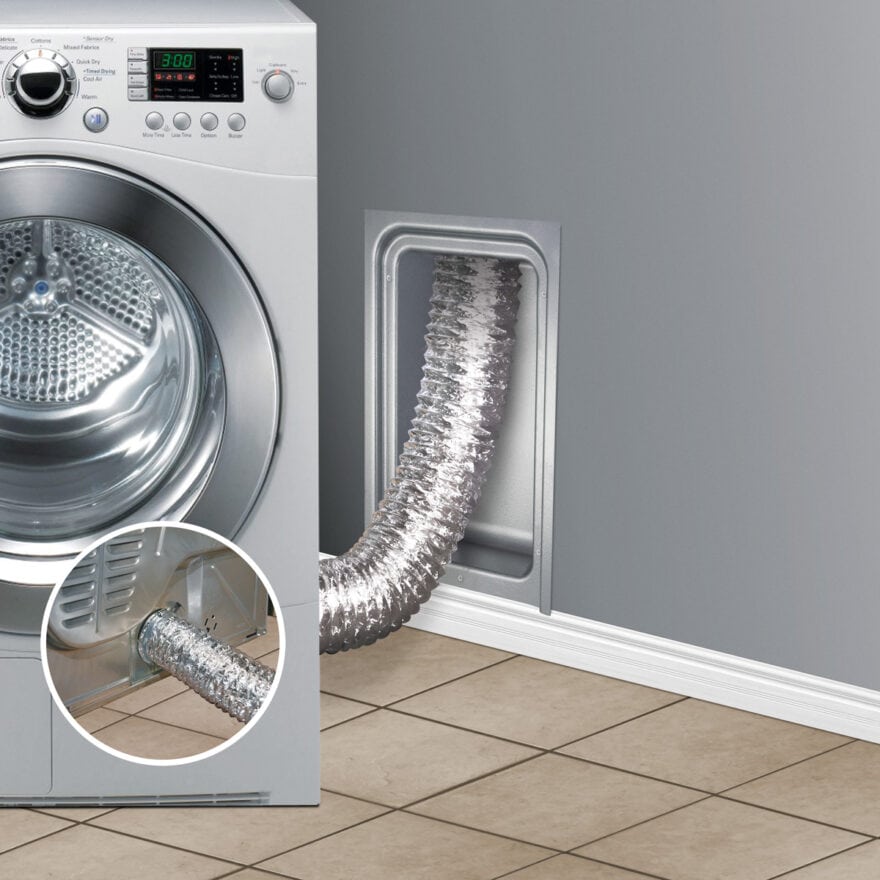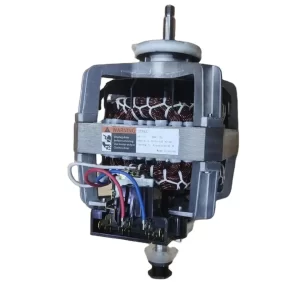Upgrading Your Clothes Dryer Vent: Essential Tips
Introduction: Why a Dryer Vent Matters
A proper clothes dryer vent is crucial for the efficient operation of your dryer, yet it’s often overlooked. Many homeowners don’t realize the significant impact that a well-maintained vent can have on both the performance of the dryer and overall safety. When the dryer vent is blocked or inefficient, it can lead to longer drying times, higher energy bills, and even fire hazards. Therefore, upgrading your clothes dryer vent is not just about improving efficiency; it’s also about ensuring the safety of your home.
In this article, we will explore various tips and strategies for maximizing the efficiency of your clothes dryer vent. We will cover key considerations, common problems, step-by-step solutions, and maintenance practices that will keep your dryer vent system in optimal condition. By the end of this article, you’ll be well-equipped to enhance your dryer’s performance while ensuring your home remains safe from potential fire risks.
 Understanding the Function of a Dryer Vent
Understanding the Function of a Dryer Vent
Before diving into the tips for upgrading your clothes dryer vent, it is essential to understand its function. A clothes dryer vent serves as the exit point for hot, moist air produced during the drying cycle. Specifically, when your dryer runs, it tumbles wet clothes, evaporating moisture and creating heat. This hot air must exit your home effectively to prevent issues such as mildew growth on clothes, excess humidity in your home, and increased energy consumption.
Key Components of Dryer Vent Systems
To fully grasp how to upgrade your clothes dryer vent, it’s crucial to familiarize yourself with its key components:
- Vent Duct: This is typically a long, rigid or flexible tube connecting the dryer to the exterior vent. Ensuring this duct is in good condition is essential for proper airflow.
- Damper: This flap usually lives at the exterior vent and opens to let air out when the dryer is running, preventing back drafts when the dryer is not in use.
- Exterior Vent: The outside section of the vent system where warm air exits your home.
- Lint Trap: Located inside the dryer, this traps lint and should be cleaned after every load to maintain airflow within your entire system.
Understanding the role each component plays can provide valuable insights into how to maintain and upgrade your clothes dryer vent effectively.
 Common Problems with Dryer Vents
Common Problems with Dryer Vents
Having discussed the vital role of a clothes dryer vent in keeping your dryer effective and safe, it’s important to identify common problems that may arise. Recognizing these issues early can save you time, money, and stress.
1. Lint Buildup
One of the most frequent problems related to dryer vents is lint buildup. Every time you dry clothes, lint escapes from the dryer and travels into the vent duct. Over time, this lint accumulates and can obstruct airflow, causing your dryer to work harder. As a result, energy bills may increase, and the dryer can take much longer to dry clothes.
2. Kinks and Turns
Another issue arises from poor vent installation, particularly with excessive bends or kinks in the ductwork. Not only do kinks restrict airflow, but they can also trap more lint. Ideally, dryer vents should have as few bends as possible to ensure efficient airflow.
3. Incorrect Vent Materials
Using improper materials can also pose problems. For example, flexible vinyl or plastic ducts can easily sag or crush, leading to blockages. Metal ducts, on the other hand, provide a more rigid structure that allows for better airflow and reduces the risk of fire.
4. Damaged Vents
If your dryer vent has any visible damage, such as rust, tears, or gaps, it’s time for an upgrade. Damaged vents can lead to leaks, allowing hot air and lint to escape into your home, posing both fire and health hazards.
5. Improper Vent Length
Every dryer has a recommended vent length, and exceeding this length can decrease efficiency. Vent systems that are too long create more friction, which can lead to overheating and moisture retention.
Addressing these common problems will put you on the right path to maximizing efficiency and enhancing the safety of your dryer vent.
 Tips for Upgrading Your Dryer Vent
Tips for Upgrading Your Dryer Vent
Now that you understand the essential components and common issues related to clothes dryer vents, it’s time to dive into actionable tips for upgrading your system. Here are some effective strategies to consider:
1. Clean Your Vent Regularly
One of the simplest yet most impactful actions you can take is to clean your dryer vent regularly. A clean vent ensures optimal airflow, which means your dryer can run more efficiently.
- Annual Deep Cleaning: Schedule professional deep cleaning once a year to remove built-up lint and debris from the vent duct.
- DIY Maintenance: Between professional cleanings, make it a habit to clear the lint trap after every load and periodically check the external vent for lint accumulation.
2. Upgrade the Duct Material
If your current vent uses flexible plastic or vinyl ducting, consider upgrading to rigid metal ducting. Rigid metal ducts are typically smoother, which allows air to flow more freely and reduces the risk of lint buildup.
- Choose Aluminum or Steel: Opt for either aluminum or galvanized steel, as both are fire-resistant materials.
3. Minimize Bends and Turns
As noted earlier, excessive bends in the ductwork can hinder airflow. During installation or upgrading, keep bends to a minimum:
- Straight Routes: Aim for the shortest, most direct route possible from the dryer to the exterior vent.
- Smooth Turns: If bends are unavoidable, use smooth, wide-radius elbows instead of sharp angles to facilitate better airflow.
4. Install a Quality Vent Flap
Another enhancement involves installing a quality vent flap on your exterior vent. This ensures that the vent remains closed when not in use, preventing cold drafts from entering your home and maintaining temperature efficiency year-round.
- Flap Quality: Invest in flaps that have a tight seal and are made of durable materials to withstand environmental factors.
5. Ensure Proper Vent Length
Different dryers have varying specifications for vent length. Be sure to follow your dryer’s instruction manual for the recommended vent length. Generally, the longer the vent, the more opportunity there is for air to escape, leading to inefficiency.
- Use Vent Hood with Built-in Damper: These can help maintain airflow while preventing external elements like rain or snow from entering.
6. Regularly Inspect and Repair
Perform visual inspections of your vent system at least twice a year. Look for signs of damage, such as rust, tears, or gaps that may require repair or replacement. Staying proactive will save time and prevent costly repairs down the road.
- Use a Flashlight: Shine a light inside the duct to check for visible blockages or buildup.
7. Consider a Dryer Vent Sensor
For tech-savvy homeowners, consider investing in a dryer vent sensor. This device will monitor airflow and alert you if airflow drops due to a potential blockage, allowing you to address issues promptly.
- Remote Monitoring: Some sensors can notify you via smartphone apps, making it easier to manage your appliance’s health.
 Importance of Professional Help
Importance of Professional Help
While many of the tips outlined above are DIY-friendly, some situations may require professional intervention. If you’re facing persistent issues, or if the venting system poses significant risks due to age, damage, or incorrect installation, consider hiring a professional service to inspect and upgrade your clothes dryer vent.
When to Call a Professional
- Persistent Issues: If you routinely experience issues like longer drying times or damp clothes, a professional can diagnose and fix underlying problems that you may not notice on your own.
- Installation Concerns: If the installation does not seem up to standards or if you have recently moved into a new home, it’s wise to have a professional inspection.
- Fire Hazard Assessments: Professionals can also perform safety assessments to identify any fire hazards related to your dryer vent system.
 Conclusion: Enhancing Efficiency with a Proper Dryer Vent
Conclusion: Enhancing Efficiency with a Proper Dryer Vent
In conclusion, upgrading your clothes dryer vent is a crucial step toward maximizing both efficiency and safety in your home. By taking proactive measures such as regular cleaning, using proper materials, and minimizing bends, you can enhance your dryer’s performance while also reducing energy costs.
Taking the necessary steps to maintain and upgrade your dryer vent not only protects your home but also contributes to a more environmentally friendly approach by lowering your energy consumption.
Key Takeaways
- Routine Maintenance: A clean, well-maintained vent can significantly improve dryer efficiency and safety.
- Material Choice: Opt for rigid metal ducts to prevent lint buildup and increase airflow.
- Professional Inspections: Engage professionals when facing persistent issues and during major upgrades for safety assessments.
Remember, a well-ventilated dryer contributes to a well-maintained household, safeguarding your home from fire hazards and ensuring your clothes dry effectively. With these tips, you will be well on your way to enjoying an efficient and safe drying experience.
Final Thoughts on Dryer Vent Maintenance
Ultimately, maintaining your dryer vent is not just a task; it’s an integral part of home stewardship. As a homeowner, ensuring your dryer operates safely and efficiently helps preserve your investment and extend the life of your appliance. By observing these guidelines and being proactive, you can enjoy the benefits of a well-functioning dryer for years to come. Happy drying!

